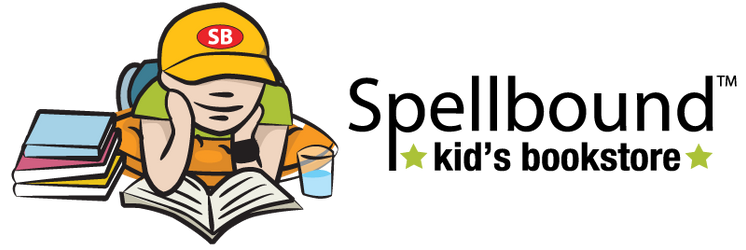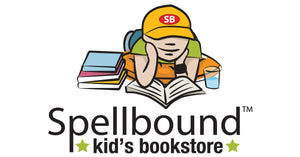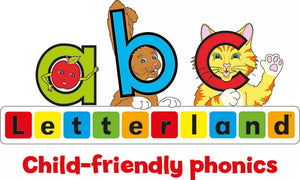My Muscles Capstone Hb
Simple text and photographs describe muscles, what they do, and how they work. Editorial Reviews Review While many delightful children s books for early readers engage small children with such euphemisms as tummy, poop, and pee, books that use proper language for body parts and functions have an equally important role. Books about your stomach, you urine, and other basic terms familiarize students with, and place importance on, the terms they will use in school. Kudos go to author Carol Lindeen, who has written six small books that introduce beginning readers to human body parts and their functions. Lindeen may avoid intimidating most early readers with the slightly higher level words, such as stomach or muscle, by using only one to one to two higher level body part words per book. Although perhaps lacking the reading appeal of a storybook, these books are well designed for the youngest readers. Each book is small enough for little hands; is full of colorful illustrations; focuses on only one body part; is short (containing no more than 200 words); and has only one to two sentences per page. The information presented is accurate and the graphics are colorful. However, not all of the graphics are well marked, so students may be unable to connect a particular picture with the text pertaining to it. Adults may need to help young learners find their own joints, muscles, and other body parts. --Science Books & Films; Vol. 43, No. 4; Pages 184-185, July 2007 This series about investigating your body offers easy-to-read sentences composed of carefully chosen words in six volumes. In addition to encouraging a child s independent learning through successful reading, these volumes introduce basic tools of reference like table of contents, index, glossary, and additional resources. The predictable structure of this series that is, text on the right page, picture on the left leaves no confusion. The series is illustrated with both photographs and diagrams. Designed to address national science curriculum standards, this series allows early readers to read basic facts about human anatomy and body structure and function. Recommended. --Library Media Connection; Vol. 26, No. 2; Page 89, October 2007 In this book, a part of the My Body series, Lindeen explains the basics about muscles in a three part, first person narrative. The first section, My Many Muscles, defines what muscles are and how they help people move. The second section, On the Inside, covers how muscles work. It includes an introduction to the heart and offers illustrations of the muscles discussed. Lastly, My Muscles and My Body unite the two concepts, allowing children to understand the power of movement. The pages contain full-page photographs of kids in actions, while the illustrations introduce where muscles are found. The text is designed to help readers grasp new concepts and subject-specific vocabulary, such as: active, relax, tendon, tighten, and tissue, which are defined in the Glossary. Also included are a Read More section, a brief list of books related to muscles, and an explanation of where readers can find more information on the Internet. With short sentences and large bold type, the book is a solid choice for young readers learning about anatomy. --Childrens Literature Comprehensive Database, January 2007 --This text refers to an out of print or unavailable edition of this title. About the Author Carol K. Lindeen is a Capstone Author. --This text refers to an out of print or unavailable edition of this title.
Publisher: Capstone PressAuthor: Carol K. Lindeen
ISBN: 9780736866958
Pages: 24
Format: Library Binding
Dimensions: 0.2 x 6.2 x 7.2 inches
Free delivery
Free delivery anywhere in India on orders over ₹1,500


